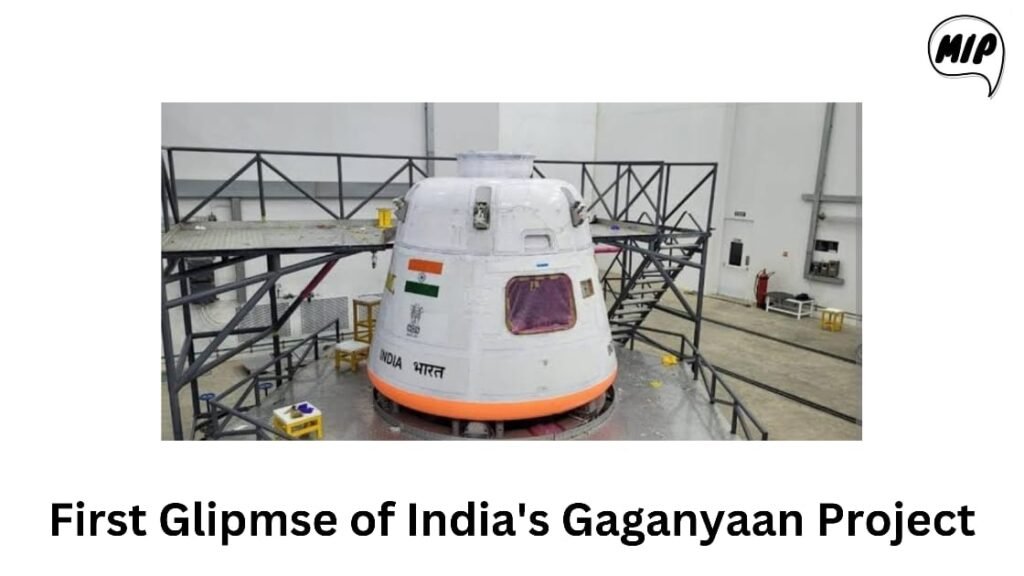
The Gaganyaan project is a significant endeavor aimed at demonstrating India’s capacity for human spaceflight. The mission involves sending a crew of three members into an orbit 400 kilometers above Earth for a three-day mission and safely bringing them back to Earth, with a planned landing in the Indian sea waters.
This ambitious project is being executed through a well-planned strategy that leverages India’s in-house expertise, the experience of Indian industries, the intellectual capabilities of academic and research institutions, and cutting-edge technologies from international agencies.
Key prerequisites for the Gaganyaan mission include the development of critical technologies such as a human-rated launch vehicle, a life support system to provide a safe environment for the crew in space, provisions for crew emergency escape, and the development of various aspects related to crew training, recovery, and rehabilitation.
Before the actual human spaceflight mission, several precursor missions have been planned to demonstrate the readiness of various technologies. These demonstrator missions include the Integrated Air Drop Test (IADT), Pad Abort Test (PAT), and Test Vehicle (TV) flights. These unmanned missions will validate the safety and reliability of all systems, ensuring that they are prepared for the manned mission.
The Human Rated LVM3, a modified version of the reliable LVM3 rocket used by ISRO, will serve as the launch vehicle for the Gaganyaan mission. It consists of a solid stage, liquid stage, and cryogenic stage, all reconfigured to meet human-rated requirements. This rocket will carry the Orbital Module into a Low Earth Orbit of 400 kilometers. The Crew Escape System (CES), powered by quick-acting, high-burn-rate solid motors, ensures the crew’s safety in case of emergencies at the launch pad or during ascent.
The Orbital Module (OM) that orbits Earth comprises the Crew Module (CM) and the Service Module (SM). The CM provides a habitable space with an Earth-like environment for the crew, with systems for life support, avionics, and deceleration. The SM supports the CM with thermal, propulsion, power, avionics systems, and deployment mechanisms.
The Gaganyaan project also involves the development of new technologies, both in engineering and human-centric systems, to ensure the safety of the crew during the mission.
Astronaut training for the Gaganyaan mission takes place at the Astronaut Training Facility in Bengaluru. It covers a wide range of subjects, including academic courses, Gaganyaan Flight Systems, microgravity familiarization through parabolic flights, aero-medical training, recovery and survival training, flight procedures, and training on Crew Training Simulators.
Safety and well-being are paramount, with aero-medical training, periodic flying practice, and yoga included in the training regimen.